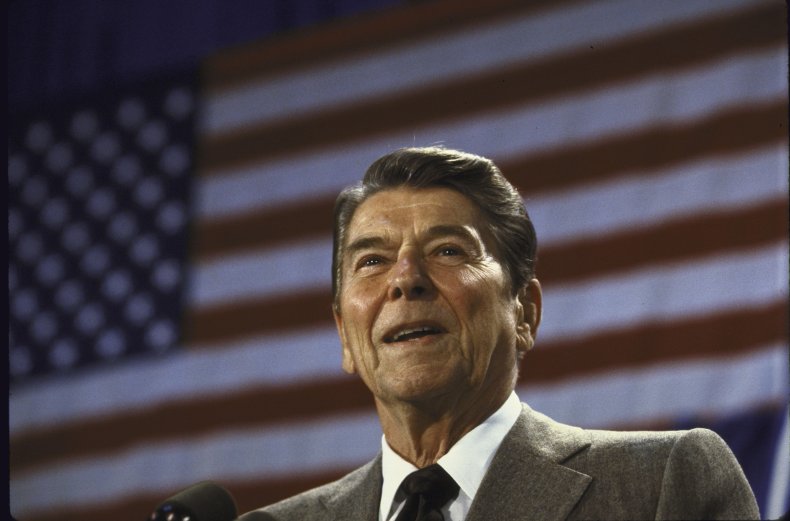Memo to the GOP—Reagan Believed in Government Spending for a Strong Economy

How much longer the United States remains the world’s most powerful nation will be determined by the outcome of the current debate over whether the U.S. government should slash its spending or whether it should invest in the country’s future. Like many things today, there is a partisan divide over this question. The Democrats support investment, as demonstrated by their extraordinary legislative successes over the last two years, including the CHIPS and Science Act, The Inflation Reduction Act, and the Infrastructure Investment and Jobs Act.
The Republican Party on the other hand is generally opposed to investment, though there was some bipartisan support for the Infrastructure Act and the CHIPS Act. These days, Republicans in Congress are demanding a return to fiscal austerity in exchange for their support in lifting the government’s debt ceiling.
They must not be allowed to succeed in their obstruction. If the GOP’s demands are met, the U.S. economy will stagnate and America’s relative economic and military decline will become irreversible.
Indeed, Republicans wishing to be on the right side of history have precedent to rely on. After all, their paragon of small government, President Ronald Reagan, implemented a large-scale government investment program to strengthen the U.S. military. That government investment produced the prosperity of the 1980s and the collapse of the Soviet Union.
Republicans would do well to recall that this investment was not cheap; the U.S. government debt nearly tripled during Reagan’s eight years in office. Yet the debt-financed government investment made the United States much stronger, not weaker.
Reagan demonstrated that government investment leads to strength, prosperity, and national security. Austerity can only lead to hardship, decline and national shame.

Dirck Halstead/Getty Images
One area in particular matters most for our future. Investment in Research and Development (R&D) is the decisive factor in determining which country leads the world economically, technologically, and militarily. And since the 1980s, U.S. Investment in R&D has been dangerously inadequate, with insufficient government investment to blame. In 2020, government investment in R&D was only 18 percent higher than it was in 1987, and it was 8 percent less than at its peak in 2009.
The failure of the U.S. government to expand its investment in R&D during recent decades has been an enormous mistake, deterring U.S. productivity growth and economic growth and giving China the time it needed to catch up with the United States technologically.
In 2000, the U.S. invested eight times more in R&D than China. In 2017, it invested only 10 percent more. Last year, China overtook the US in R&D investment. If current rates of growth continue, in 2033, China will invest 40 percent more in R&D than the United States.
Should the United States allow that to happen, it is certain that China will soon displace the U.S. as the undisputed global superpower.
If we do not act quickly, the political divisions at home could tear the country apart, while Chinese hegemony becomes entrenched throughout the greater part of the world.
Fortunately, the United States has the means to stop and reverse its relative economic and military decline by investing aggressively in new industries and technologies.
Any objections are easy to dispel. Consider that U.S. government debt is 122 percent the size of our economy. That is less than half that of Japan’s government debt relative to the size of Japan’s economy, which is 260 percent. The ratio of Japanese government debt to GDP exceeded the current level of U.S. government debt to GDP 24 years ago, in 1999. Despite this, the cost of government borrowing remains very low, just 0.5% a year on 10-year Japanese government bonds.
The U.S. government could easily finance a multi-trillion-dollar investment over the next decade.
Americans do not want more years of stagnation. Nor do they want our country to be eclipsed and threatened by China. Americans want and need to have hope for the future.
An investment of the right scale targeting technologies like artificial intelligence, quantum computing, genetic engineering, biotech, nanotech, neural sciences, and renewable energy, would induce a technological revolution that would turbocharge U.S. economic growth, ensure U.S. national security for generations to come and greatly enhance human wellbeing, not only in the United States but all around the world.
And you can bet President Reagan would have been behind it.
Richard Duncan is an economist and the author of The Money Revolution: How to Finance the Next American Century.
The views expressed in this article are the writer’s own.



